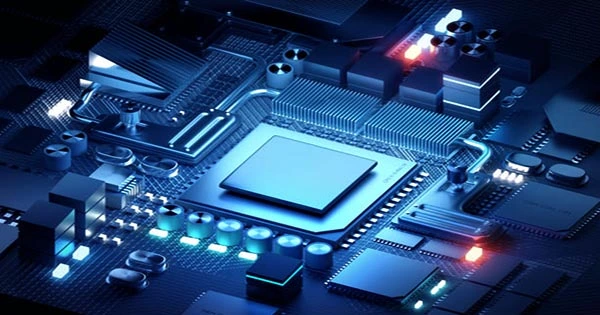The electronic equipment that carries out the instructions included in a computer program is known as a central processing unit (CPU), sometimes known as a central processor, main processor, or simply processor. The CPU executes fundamental mathematical, logical, controlling, and input/output (I/O) activities as directed by the program’s instructions. In contrast, specialized processors like graphics processing units and external components like main memory and I/O circuitry (GPUs).
Although CPUs’ shape, design, and implementation have evolved throughout time, their basic function has remained mostly the same. The arithmetic-logic unit (ALU), which performs arithmetic and logic operations, processor registers, which provide operands to the ALU and store the results of ALU operations, and a control unit, which coordinates the coordinated operations of the ALU, registers, and other components, are the main parts of a CPU. The control unit orchestrates the fetching (from memory), decoding, and execution (of instructions).
With one or more CPUs on a single IC chip, integrated circuit (IC) microprocessors are how most current CPUs are implemented. Multi-core processors are microprocessor chips with multiple CPUs. Additionally, multiple virtual or logical CPUs can be created by multitasking the separate physical CPUs, or processor cores.
These integrated devices, also known as microcontrollers or systems on a chip, can include a CPU, memory, peripheral interfaces, and other computer parts (SoC).
Multiple processors work simultaneously in an array or vector processors, and no component is regarded as the central processing unit. An abstraction of dynamically aggregated computational resources is virtual CPUs.















